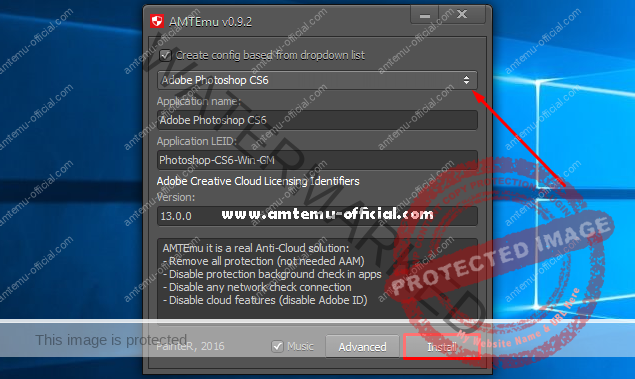

- #Can you use the same dll files for photoshop on mac and windows how to#
- #Can you use the same dll files for photoshop on mac and windows update#
- #Can you use the same dll files for photoshop on mac and windows series#
- #Can you use the same dll files for photoshop on mac and windows windows#
So if my understanding above is somewhat correct, how did I update the source? I probably have that all wrong - but was an observation I had. So it seems that there is some official source of these values somewhere that for some reason overwrite the ones in these folder. However, and I have yet to understand the internals of this, after I made the changes to the plist file they would automatically get overwritten after a few seconds. When I first tried to change the settings I tried manually modifying the plist files with a GUI tool built into the Xcode developer tools.
#Can you use the same dll files for photoshop on mac and windows how to#
However, the whole reason I ran down this path was to learn how to automate these setting changes. Most of these settings can be changed by navigating to the application or system's respective preferences U.I.
#Can you use the same dll files for photoshop on mac and windows windows#
Just like modifying the Windows Registry can mess up your system, you need to take care modifying system or application plist settings. Example reading a single property: defaults read AppleShowAllExtensions Once you've found a property name you want to look at you can pass it into the defaults read command to get the value of that specific property. You can pipe this output to grep and filter for a setting name when doing searches.

Will print out all of the properties to the console so you can inspect what's there. If you take an example from the above list of plist files, you can, at the command prompt type the following:ĭefaults read (where is the tab key that allows tab completion of the rest of the property list format) and be sure to exclude the. The Mac comes with a command line utility called defaults for reading and writing to these. Now that we can find system and application configuration plist files, if you try to open them in a text editor you may notice that many of them are in a binary format which would be challenging to read and understand, let alone edit. In the same folder as the sample configuration files listed above are where you can find plist files that are associated to applications installed on the system. Here are some (not all) examples of system configuration plist files: com. If you look into these folders you'll see a large number of plist files that follow reverse domain name convention (like ). The second location one is at the root of the system: /Library/Preferences/ In my case (since my user name is jason) /Users/jason/Library/Preferences/ The first one is user specific and is in the following location: ~/Library/Preferences/ I know of at least 2 locations that host the common system and application. I'll go into more later about how to read and update values in these files later in the post.įor more info on plist files, check out the Wikipedia page. plist file is a configuration file that contains a list of properties in either plain text or binary format. And BOOM just like that I discovered the holy grail of my Mac's system and application settings - kind of like the first time lift up the curtain and discover the Windows Registry. plist files in several folders that correlate to the installed applications and system settings. While researching how to automate bootstrapping my Mac development computer, I stumbled upon large number of. plist files in several preferences folder on the Mac.
#Can you use the same dll files for photoshop on mac and windows series#
If the Windows Registry is a place where system and application settings are stored, then the Mac equivalent of the Windows Registry would be a series of. You are correct however, where do all of the system and applications settings get stored if there is no registry? You have probably already figured that since it's called the Windows Registry that there is likely not a Mac Registry that looks/operates the same way. It contains settings for low-level operating system components and for applications running on the platform that have opted to use the Registry. Windows Registry is a hierarchical database that stores configuration settings and options on Microsoft Windows operating systems. In case you don't know what the Windows Registry is, here is a short definition from our good ol' friend Wikipedia. However, if you've always been more of a Mac user, don't run away just yet as you may learn something. If you're a long time Windows power user and are recently switching over to the Mac, you may have wondered if there was something analogous to the Windows Registry.


 0 kommentar(er)
0 kommentar(er)
